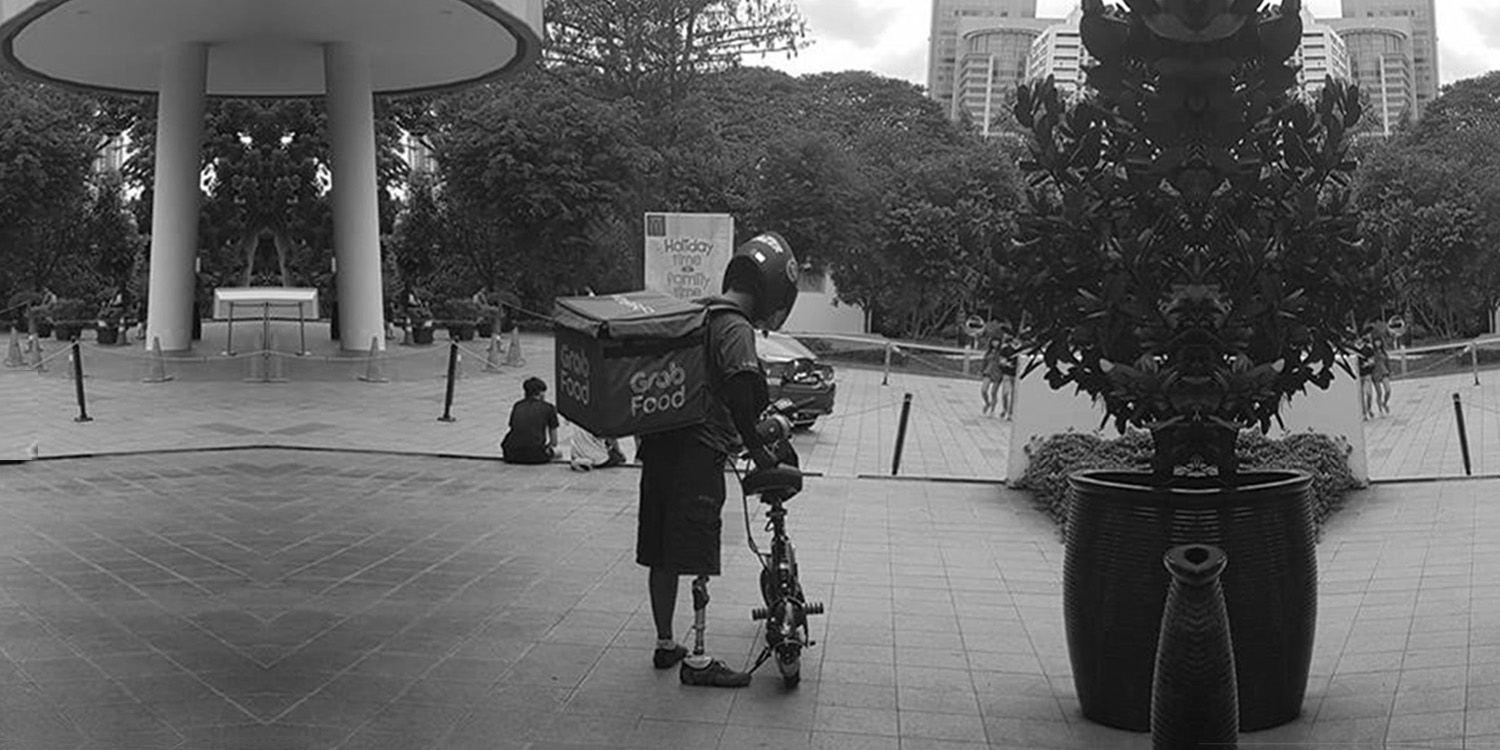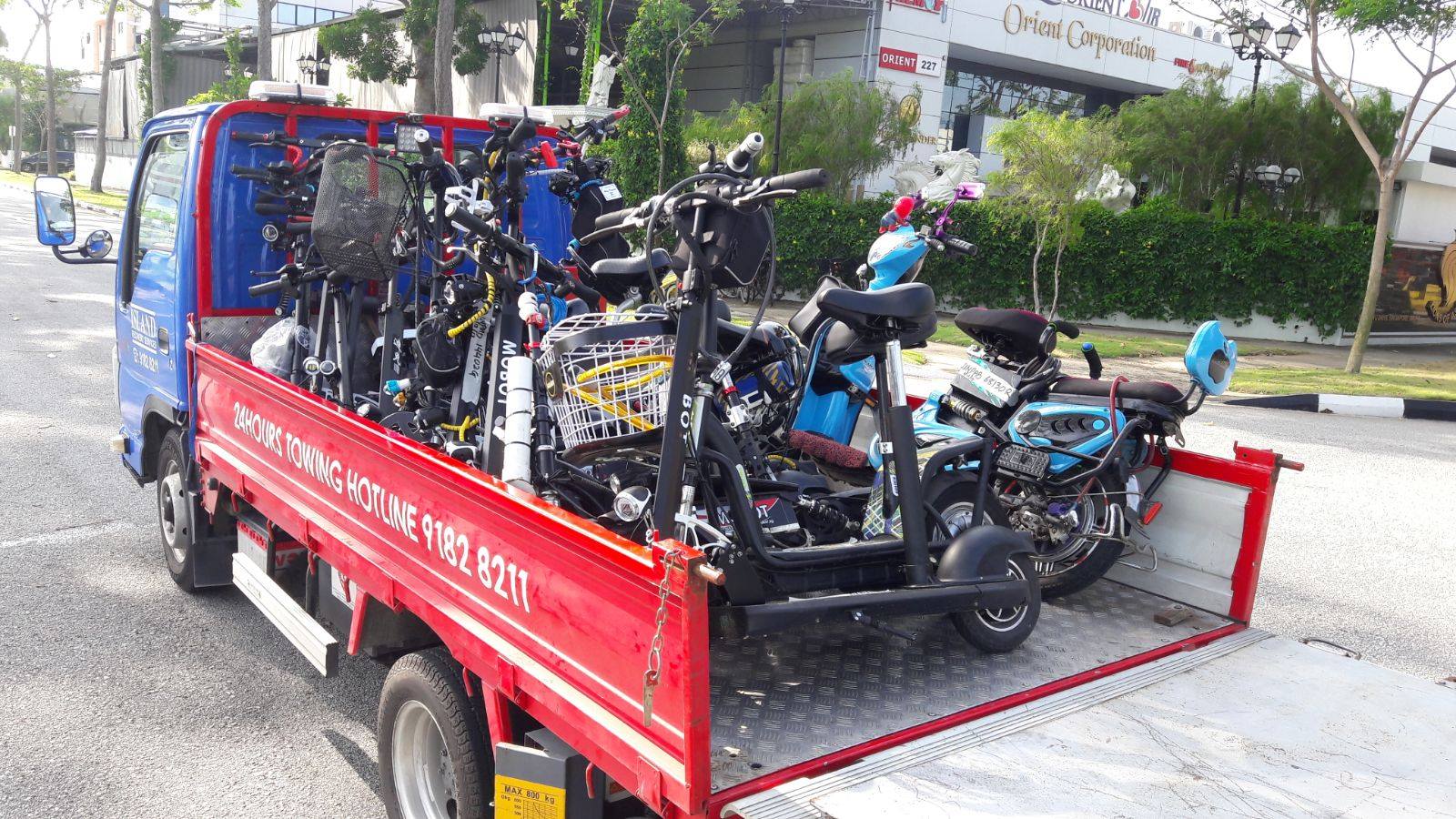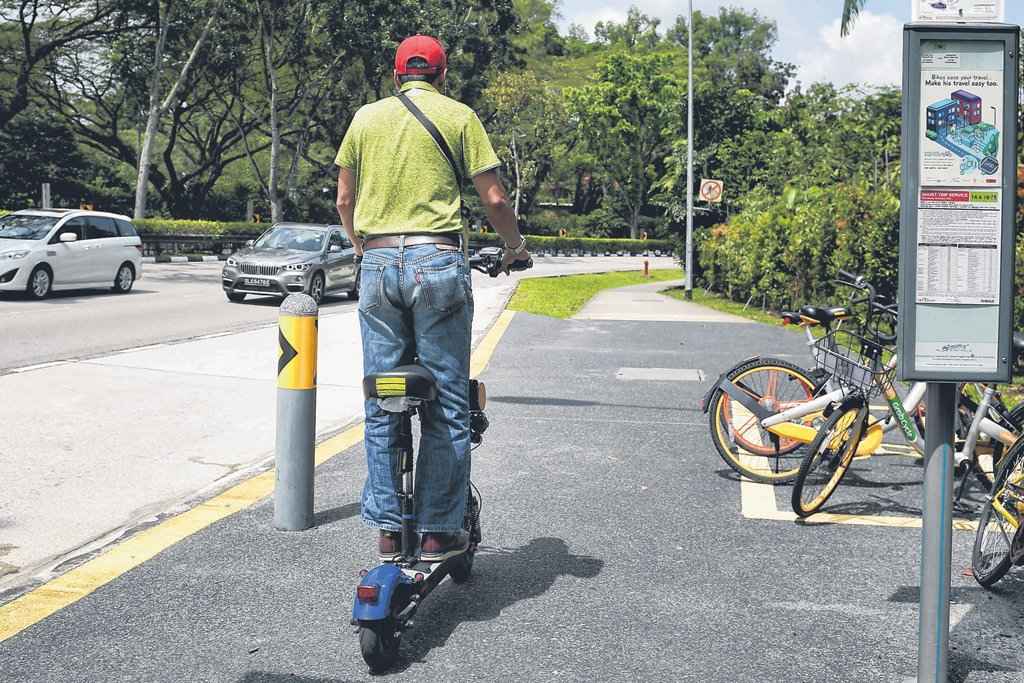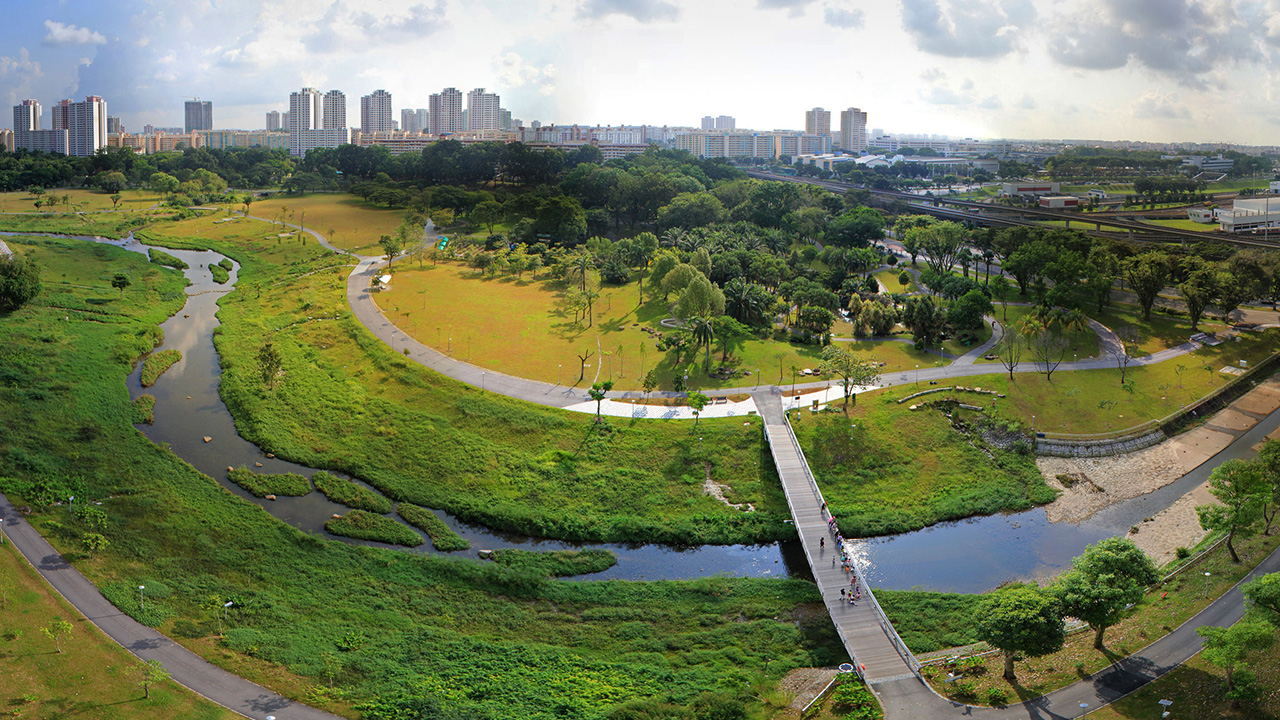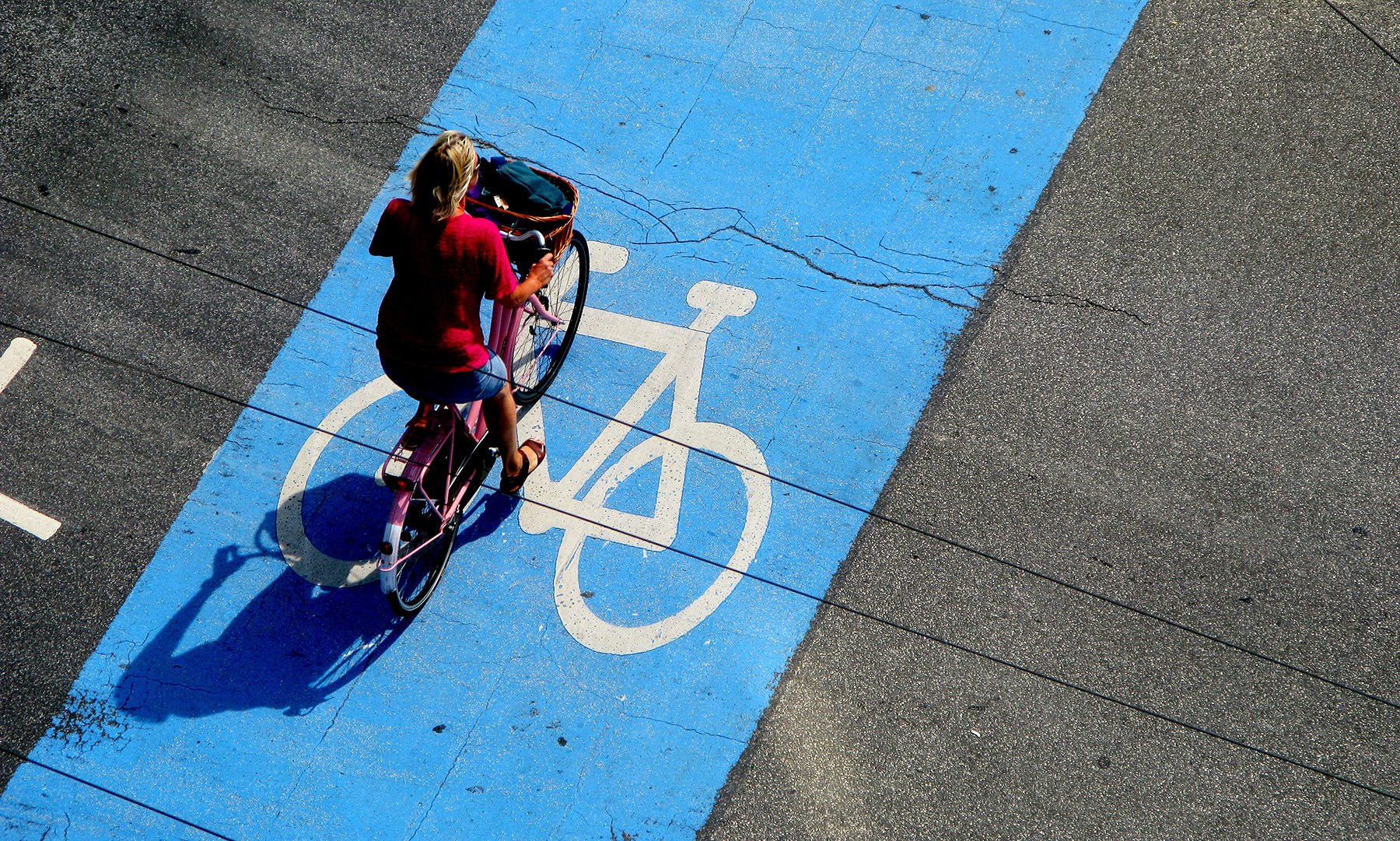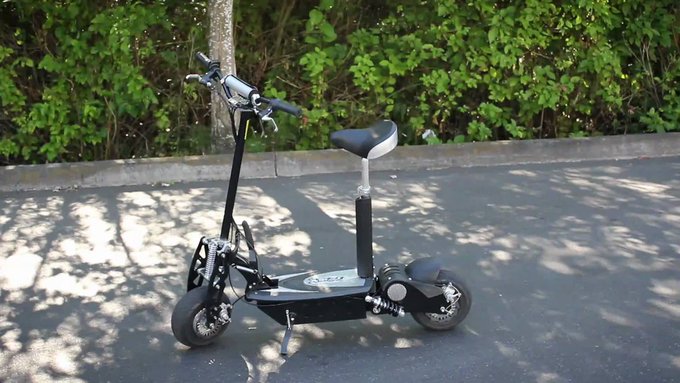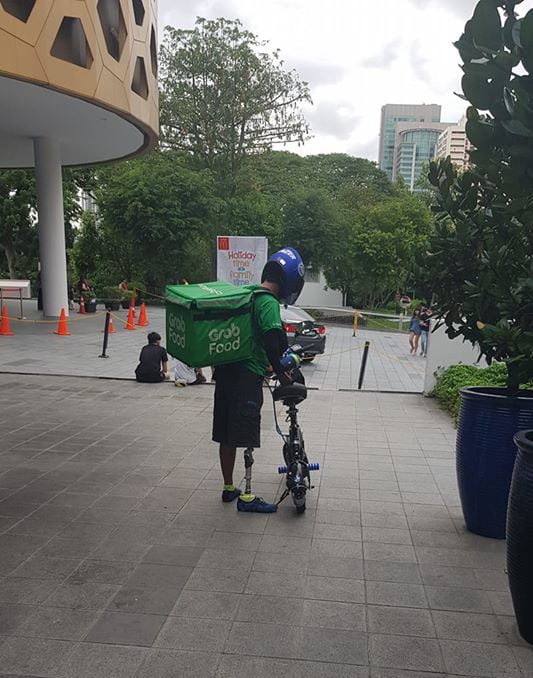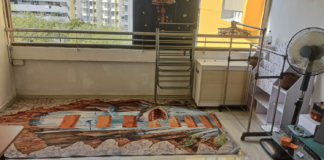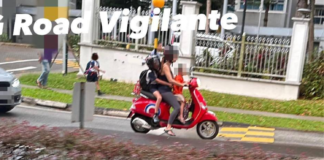We Didn’t Pave The Way For PMDs In Singapore Safely, These Are The Consequences
This piece is part of MS Speaks, a segment in which MS News reporters share their honest views on current affairs and trending topics.
Who will answer the cries of food delivery riders whose livelihoods have been snatched overnight?
Not I, said the pedestrian, for I need to walk my footpaths without fear. Not I, said the politician, for I’ve put in place grants for you to switch devices.
Certainly not I, said a nation, for we’ve fought the battle for PMDs and emerged with heavy losses.
Like many Singaporeans, we continue to seek answers to an impossible problem. How did an innocent invention like the e-scooter, bring a nation as advanced as Singapore to her knees?
When did PMDs become a negative term?
To understand the situation, let’s first try to remember when the term Personal Mobility Device (PMD) began bearing negative connotations.
Perhaps it was when a spate of accidents this year caused grievous harm to pedestrians. Perhaps it was when a handful of rash riders were warned about zhng-ing their e-scooters with too many EDM bells & whistles, causing a racket in our neighbourhoods.
Or maybe, it was the fires from PMDs exploding that set the last incendiary straw on the camel’s back.
Man-made problems aren’t the fault of PMDs
Whichever came first in the public’s eye, it’s clear that these problems, as food delivery riders are trying to point out, are man-made.
Banning the technology, without reworking the mindsets of people who use them – or live among them – isn’t a long-term policy but a stop-gap measure.
If we’re aware of this, we should be prioritising more permanent solutions to safely integrate PMDs back into our lives.
Park connectors are a start. They’re paths built to accommodate faster-moving pedestrian vehicles like e-bicycles.
But we need more of them. Which leads us to wonder, why weren’t they built before PMDs were allowed to roam freely on our streets in the first place?
The right infrastructure lets humans & PMDs live in harmony
Now let’s look back at how we could have done things a little differently, before PMDs were approved for use in Singapore.
Modelling our infrastructure after Copenhagen in Denmark, or Montreal, Canada’s example could have better prepared our roads & pathways for the influx of PMD traffic.
Building separate bicycle lanes on popular paths and roads, to encourage a greener and safer alternative form of travel. Ensuring that every rider is fully fitted out with appropriate gear – a helmet, night reflectors, a bell and elbow pads to keep them safe.
Creating a licensing programme with strict age requirements, or a regimented registration process to ensure all mobility devices on the road are compliant for pedestrian usage.
Most importantly, birthing a nation of riders who understand the dangers of not complying with road safety requirements.
All of which should have been put in place before PMDs were allowed in our country.
Phasing out e-scooters won’t tackle core problems
Not all is lost yet, however. TODAY reports that GrabFood is offering a grant for e-scooter trade-ins with LTA’s assistance, as our nation attempts belatedly to regulate the market.
But encouraging switches from e-scooters to other mobility devices isn’t a permanent solution.
Blaming the tools in our sheds for shoddy workmanship, or trading a hammer for a screwdriver, won’t help us tackle the wood-rotten core in any infrastructure.
PMDs are here to stay, if we take global trends into account. We can’t allow our fears of technology – and man-made consequences of our own design – to get in the way of our progress as a nation.
A cautionary tale in technology mismanagement
After permitting the use of PMDs in Singapore for close to 2 years and watching as tragic consequences unfold for both owners and innocent pedestrians, efforts to regulate all PMDs now seem like a mad scramble to establish order in a chaotic market.
We hope the PMD debacle remains a cautionary tale – hopefully the last of its kind – on how technology mismanagement will eventually put a damper on Singapore’s progress.
Heaven forbid, we repeat the entire process when it comes to other PMDs in the future.
We decided to ride, before we learnt to walk
CNA’s quote of an unnamed woman present during an emotionally-charged Meet-The-People session on 12 Nov summed it up best,
“We continue to fight, okay?”
And the battle rages on. The fight to ensure Singapore’s roads are safe for everyone while keeping those who use PMDs not for transport, but for survival, happy.
Until that’s resolved, the PMD ban on footpaths feels like a band-aid on an open wound that’s still bleeding. We continue to rack up unwitting victims as a nation today.
In deciding to ride before we learnt to walk, we conveniently forgot whom mobility devices were designed to help most.
Featured image adapted from Facebook.

Drop us your email so you won't miss the latest news.
